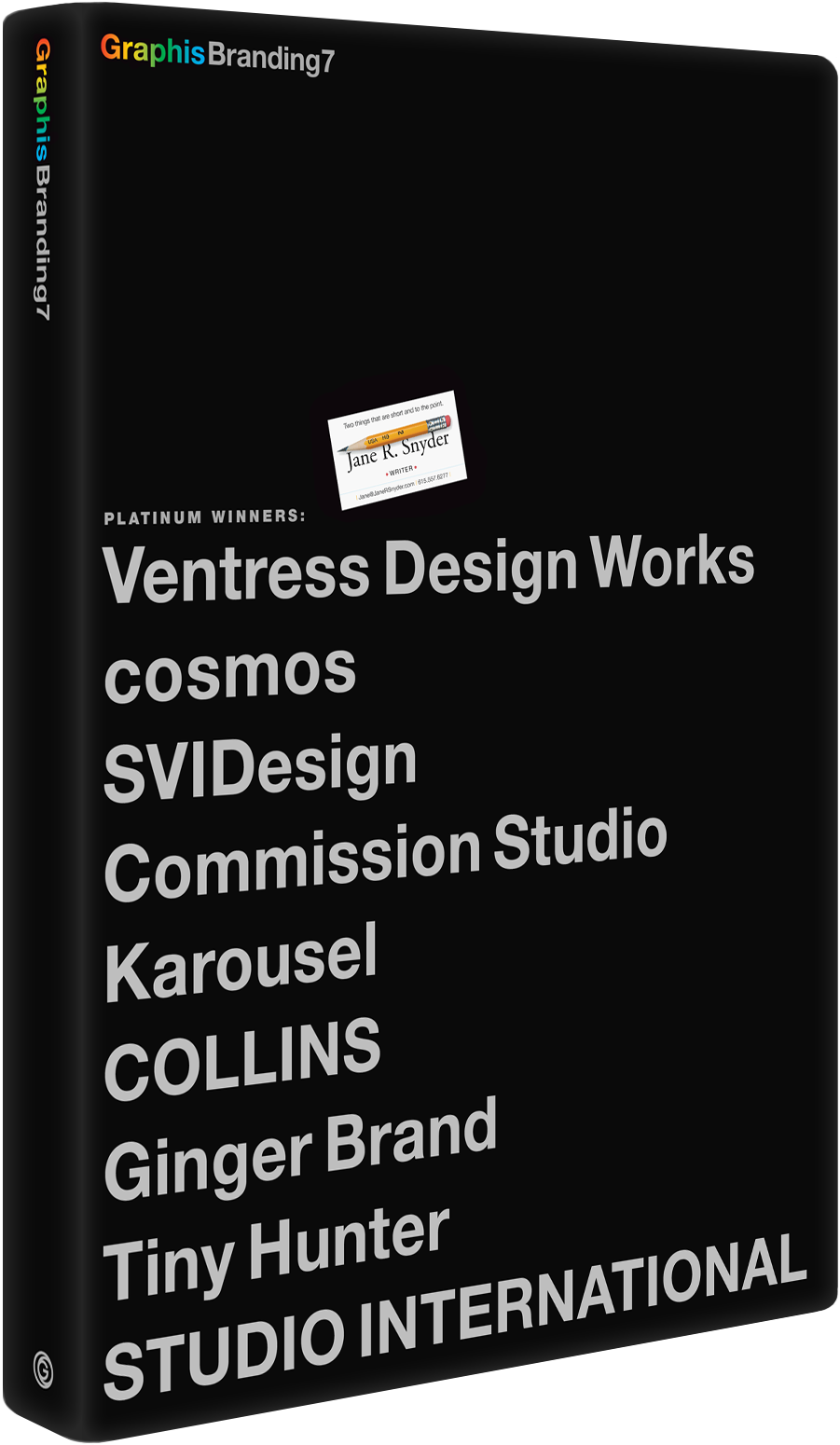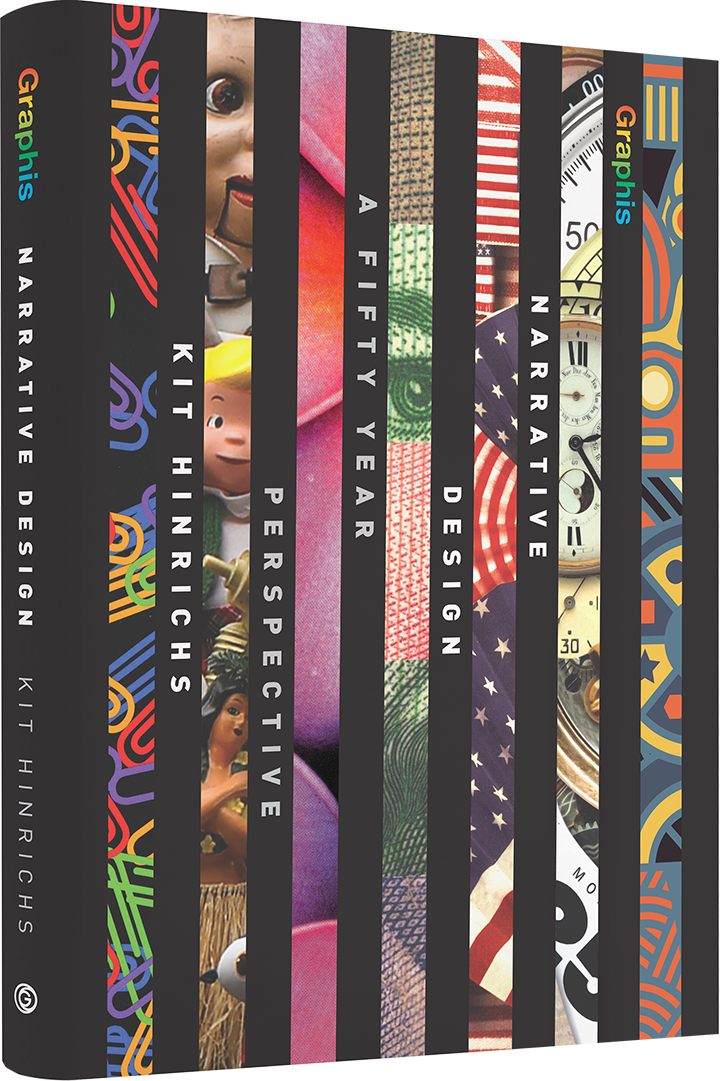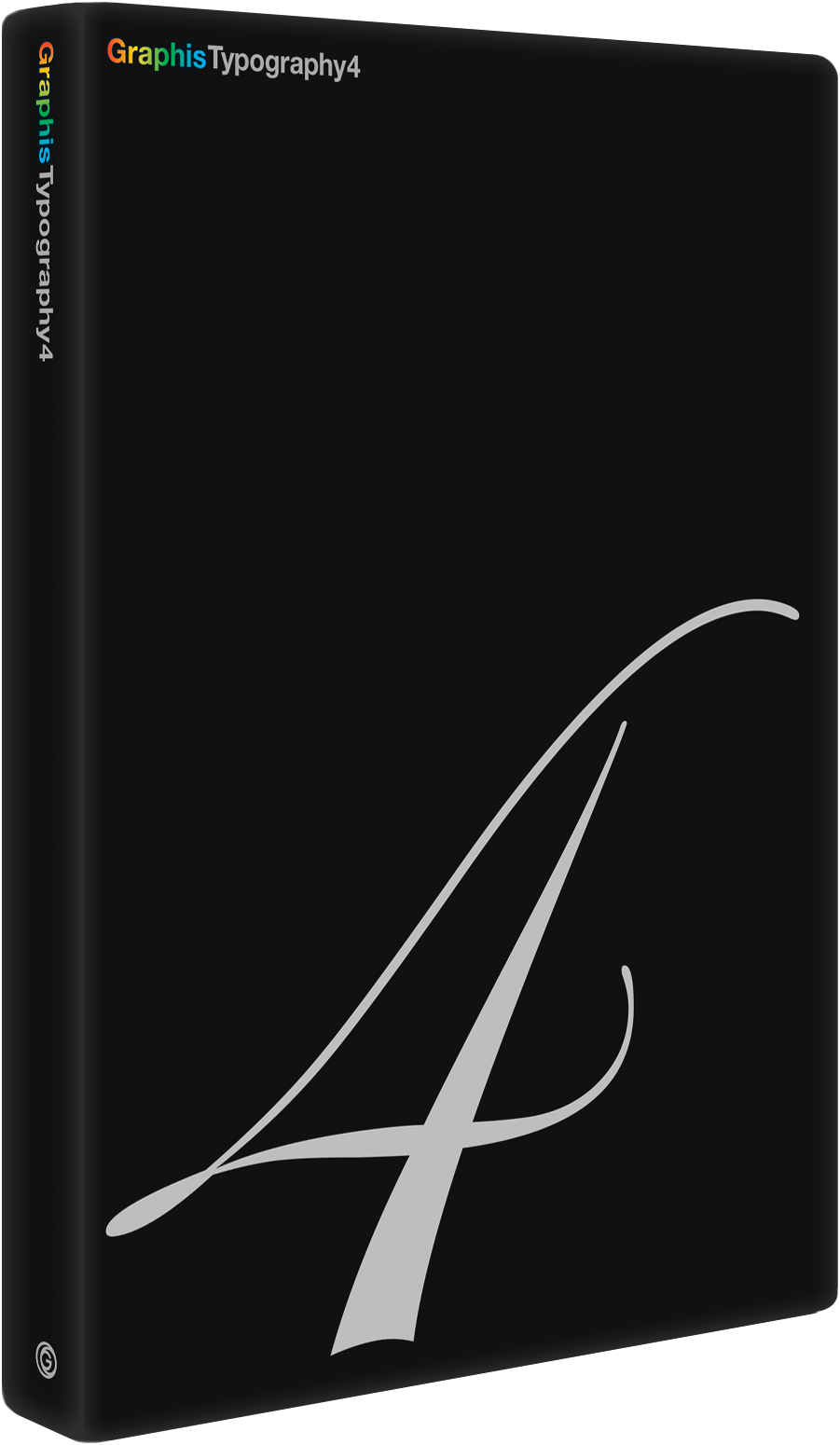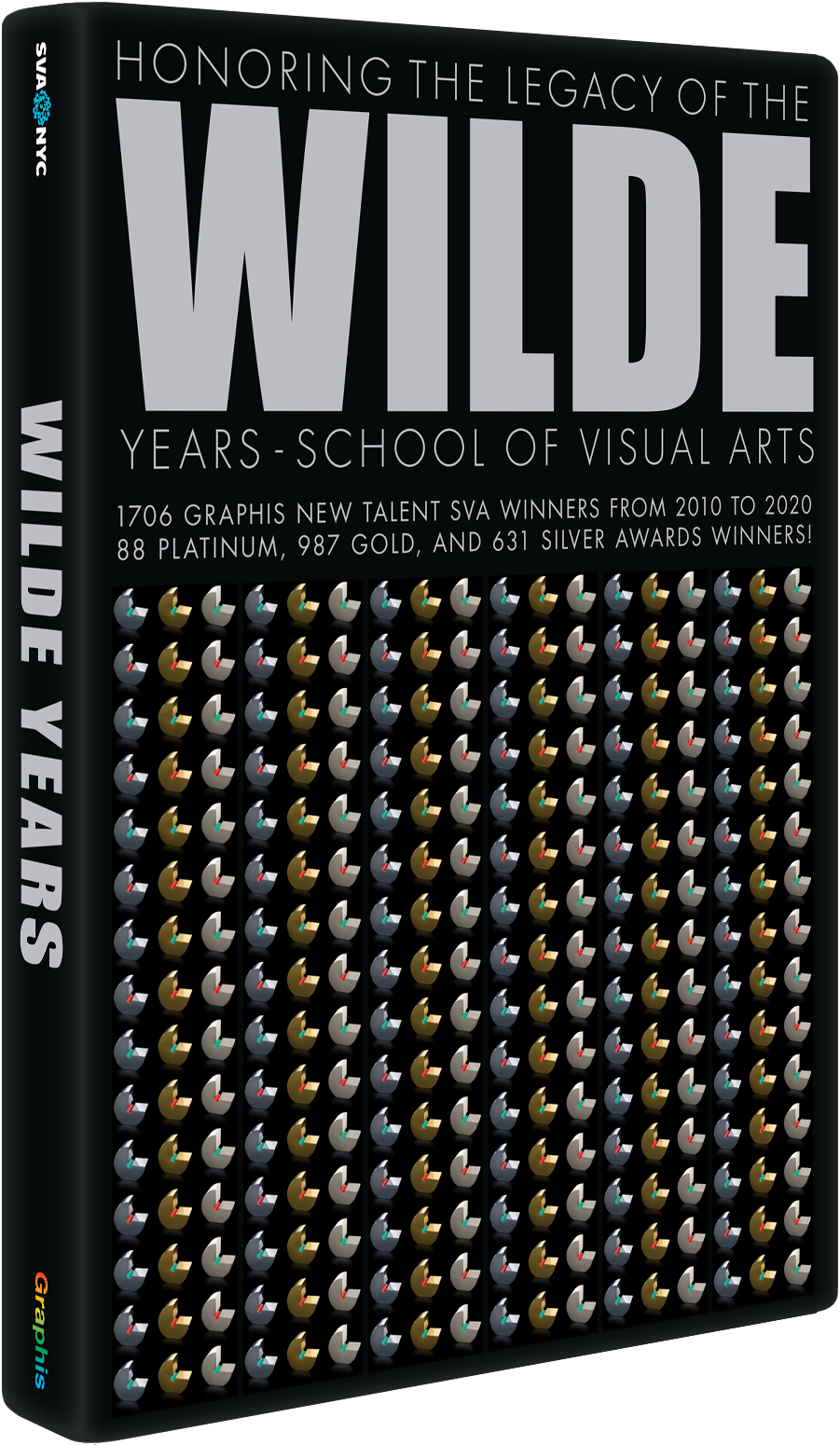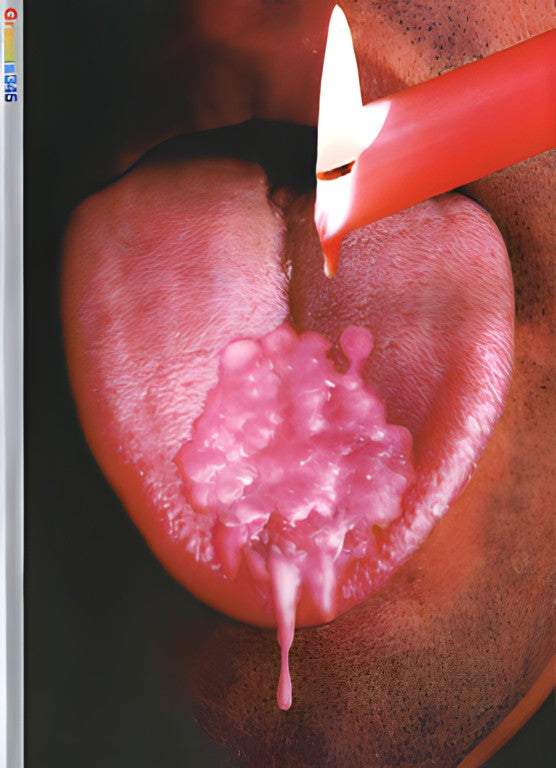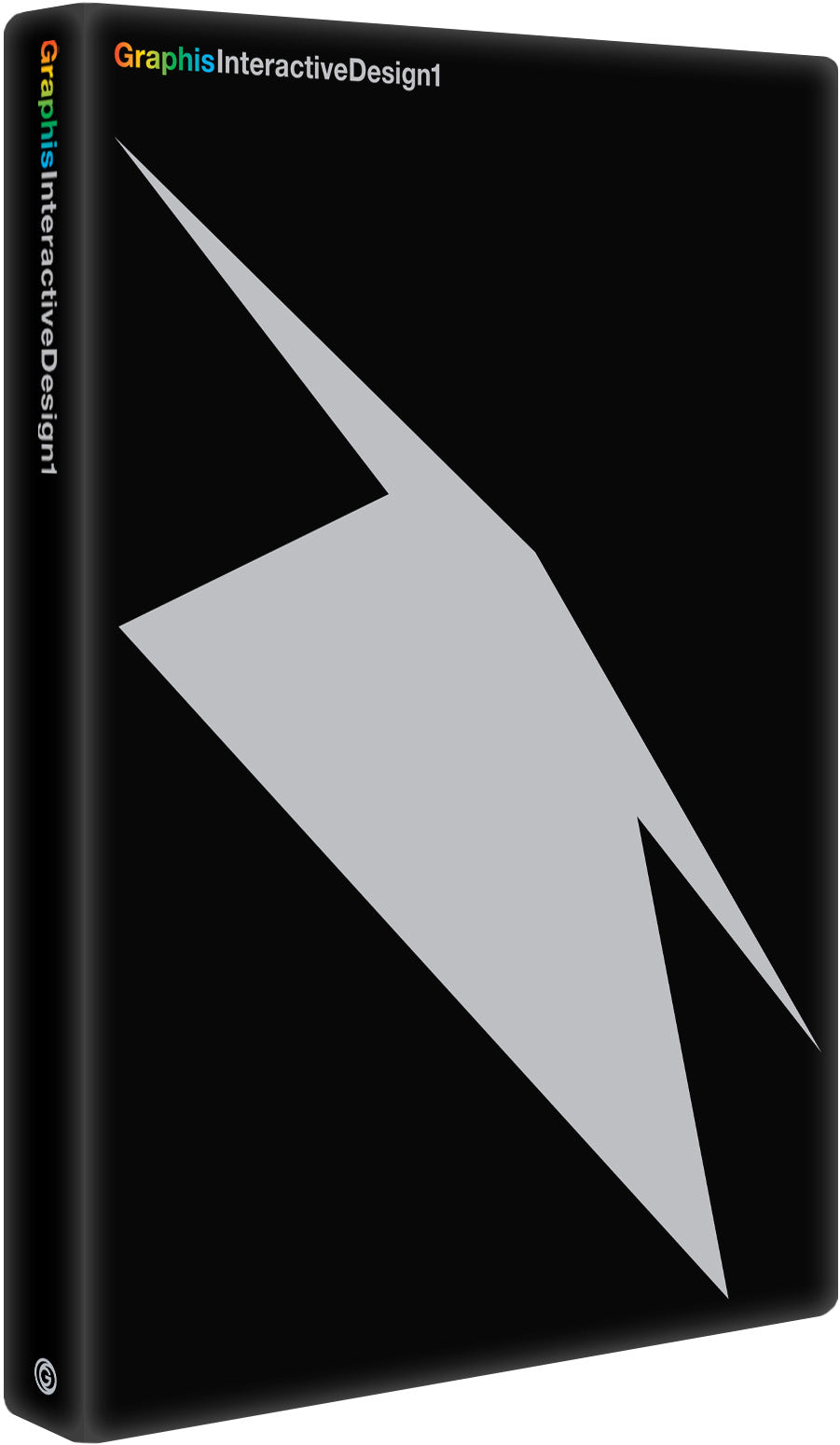From Matchboxes to Masterpieces with Vishal Vora
Indian designer Vishal Vora has always seen design as more than visuals—it is a universal language that tells stories, solves problems, and sparks change. From sketching mythological figures as a child to founding his award-winning studio Sol Benito, Vora’s journey reflects a lifelong passion for creativity shaped by mentors, education, and experience. In this Graphis Journal Q&A, he shares how a simple fascination with matchbox graphics grew into a design philosophy rooted in art, idea, and execution, offering insight into the inspirations and values that continue to guide his celebrated career.
Introduction by Patti Judd, Creative Director & Founder, Judd Brand Media
In this Graphis Journal Q&A, award-winning Indian designer Vishal Vora, founder of Sol Benito, reflects on a journey marked by childhood inspirations and mythological artistry that transformed a simple fascination with matchbox graphics into a refined design philosophy. Embracing both aesthetic appeal and practical innovation, Vishal’s method—a seamless blend of art, idea, and execution—evolved through formal studies at the I.S. College of Fine Arts, the invaluable lessons imparted by esteemed mentors, and the steady guidance of time. He views design as a universal language that not only solves problems but also inspires meaningful change, making each project a testament to his lifelong passion for crafting visuals that resonate deeply and function effectively.

What inspired or motivated you to have a career in design?
My inclination toward design comes naturally. Each of us is born with some natural flair; for me, art is one of them. Since childhood, I have been drawing mythological characters such as Indian gods and goddesses—each symbolizing something profound. We have all grown up listening to stories, and these stories shape us. We love stories instinctively, and art and design are powerful mediums to express our emotions, just like dance, music, literature, or the performing arts.
I vividly remember collecting empty matchboxes as a kid, drawn to their intriguing graphics. At the time, I did not realize that these designs were the work of skilled professionals. My collection grew over the years, and it was not until one of my schoolteachers suggested that I pursue an art career that I considered formal design education. That advice led me to prepare for and eventually study applied art at the I.S. College of Fine Arts.
What is your work philosophy?
Whether we call it a philosophy or a method, I always adhere to this approach when working on any project: we focus on three key elements—art, idea, and execution. I believe that design is a fusion of these three components.
When I refer to art, I mean the aesthetic and visual presence of the design. Any design is first perceived by our eyes, which is why understanding the science of visual appeal is crucial in any design process. Idea involves addressing the problem at hand, whether it is functional, emotional, environmental, or user-centric. It is essential to meet the objective and solve the problem according to the specific requirements. Execution is what ultimately determines the success of a design.
There is a term in design called “lost in translation,” where the art and idea are strong, but the final product does not align with the original vision, rendering the entire effort ineffective. Therefore, these three elements—art, idea, and execution—must be harmonious to achieve the desired outcome. This is how we collectively create good design, in my view.
Who is or was your greatest mentor?
This might sound a bit philosophical, but I believe my greatest mentor is time. It has imparted invaluable lessons through experiences, challenges, and successes. Time has taught me the importance of patience, resilience, and growth, shaping my perspective and guiding my journey in design and life.
What is it about design that you are most passionate about?
The process of turning ideas into tangible, impactful visuals is endlessly fascinating to me. Design is a universal language that transcends words and can tell a story, solve a problem, or inspire change. I love how design can distill a complex idea into something visually compelling and accessible. The blend of creativity and functionality, where aesthetics meet purpose, is what truly excites me.
What is the most difficult challenge you have overcome to reach your current position?
Balancing creative vision with practical constraints while building a strong and impactful portfolio.
Who have been some of your greatest past influences?
Some of my greatest past influences have been my design mentors, Mr. Abhay Shah and Mrs. Jyoti Bedi Shah, whose guidance and wisdom have profoundly shaped my journey as a designer. I am deeply grateful for the impact they have had on my life. Additionally, the challenges I have faced and the lessons learned from both successes and failures have played a crucial role in shaping my perspective and approach to design. These influences have collectively guided me toward growth, innovation, and a deeper understanding of my craft.
Who among your contemporaries today do you most admire?
I admire everyone because each person puts in their best effort, and there is so much to learn from everyone.
What is the origin story for Sol Benito? How did it get its name?
Sol Benito was born from my desire to fully realize my potential as a designer and entrepreneur, free from the constraints of a traditional work environment. To embrace change and growth, I embarked on this journey. The name Sol Benito was suggested by a writer friend, and I was immediately drawn to its sound and resonance. “Sol” means “sun,” symbolizing energy and life, while “Benito” means “benediction,” reflecting a sense of blessing and positivity. Together, the name embodies the spirit of light, growth, and inspiration I aim to bring into my work.
What are some awards Sol Benito has won, and which one are you most proud of?
We are proud winners of prestigious global awards from the Graphis Design Awards, the Pentawards, the iF Design Awards, the A’ Design Awards, the World Brand Design Society Awards, Topawards Asia, India’s Best Design Awards, and the MUSE Design Awards.
Our work has also been published in various global design forums such as Packaging of the World, World Brand Design Society, and Lürzer’s Archive.
What would be your dream assignment?
My dream assignment would be to create a perfume bottle design that becomes immortal—something that transcends time and is continuously admired and cherished for its beauty, symbolism, and impact on the world of fragrance.
What are the top things you need from a client to do successful work for them?
To do successful design work for a client, we need the following key elements: clear objectives and goals, target audience insights, open communication, feedback, and budget and resources.
What do you consider your greatest professional achievement so far?
Seeing the tangible impact of my work on the client’s business and the positive response from their consumers is incredibly rewarding and reinforces my passion for the power of design.
What about your work gives you the greatest satisfaction?
The greatest satisfaction is seeing a project go from concept to completion and then witnessing it in the marketplace. There is a unique fulfillment in knowing your design is making a tangible impact, whether it is enhancing a brand’s presence, engaging customers, or solving a problem. The journey from idea to execution, and then seeing the final product being used and appreciated by others, is what makes all the effort worthwhile.
What part of your work do you find the most demanding?
The most demanding part of design work is often balancing creativity with practicality. It involves finding the right equilibrium between pushing creative boundaries and meeting the client’s needs, budget, and timeline. Translating a bold, innovative idea into a design that looks great and functions effectively in the real world can be challenging. Additionally, ensuring that the design resonates with the target audience while staying true to the brand’s identity requires careful thought and attention to detail—the process of refining and iterating on a design.
What professional goals do you still have for yourself?
I still have several professional goals in the design field I want to achieve. I aspire to work on projects that push the boundaries of creativity and innovation, particularly in sustainable design.
What advice would you give to students starting out today?
Live what you love.
What do you value most in life?
Continuously learning, evolving, and embracing new experiences are essential to me. I also deeply value meaningful connections with others and the time and opportunities that allow me to pursue my passions and contribute positively to the world.
What would you change if you had to do it all over again?
I believe there is always room for growth and improvement. If you are completely satisfied with what you did yesterday, it means you have not evolved. I embrace the idea that nothing is ever perfect and everything can be refined or changed for the better. Every experience offers a chance to learn and improve, so I would not want just to repeat the past—I would want to build on it, adapt, and make it even better.
Where do you find inspiration?
I find inspiration in many places—nature, art, everyday life, and even the challenges I encounter. The natural world, with its intricate patterns and colors, often sparks creative ideas. Art, whether classical or contemporary, fuels my imagination and pushes me to think beyond conventional boundaries. I also draw inspiration from observing people and their interactions, as well as from travel, which exposes me to diverse cultures and perspectives. Ultimately, inspiration comes from staying curious and open to the world around me, constantly seeking out new experiences and ideas.
How do you define success?
I define success as achieving meaningful growth and making a positive impact while staying true to my values and passions.
In what ways do you see your field changing over the years?
I see the design field increasingly embracing technology, sustainability, and user-centered approaches. There will be a stronger focus on integrating AI, virtual reality, and data-driven insights into design processes.
Sol Benito is an award-winning packaging design studio based in Mumbai, India, headed by founder and designer Vishal Vora. He studied graphic design at the I.S. College of Fine Arts and has more than twenty years of multidisciplinary and multisector experience in design direction, management, and implementation in India and overseas. Vishal has worked for various markets in Europe, America, and the GCC. With a keen eye for quality design, he has extensive experience in applying graphic principles to produce innovative designs for any medium. Vishal describes his approach to design as emotional, intuitive, and aspirational. His inclination lies in branding, packaging design, product design, and exhibition design.

Social: Instagram, Facebook, LinkedIn
Discover more great designs in Graphis Journal #385, available now.
You may also like
Luxury Jewellery Through the Lens
Jonathan Knowles has long mastered the art of translating luxury into imagery that resonates across both still…
Read MoreDark Matter Coffee Transcends Packaging into Cosmic Art
For nearly a decade, Zmmr™ has thrived at the intersection of artistry and strategy, crafting visual narratives…
Read More
Related Annuals & Publications
View AllBecome a Graphis Member
- 1-Year Membership Subscription
- Enjoy 50% off on Call for Entries
- 1-Year FREE Subscription to Graphis Journal
- Your Portfolio online with profile + links
- Get 20% off on Graphis Books
